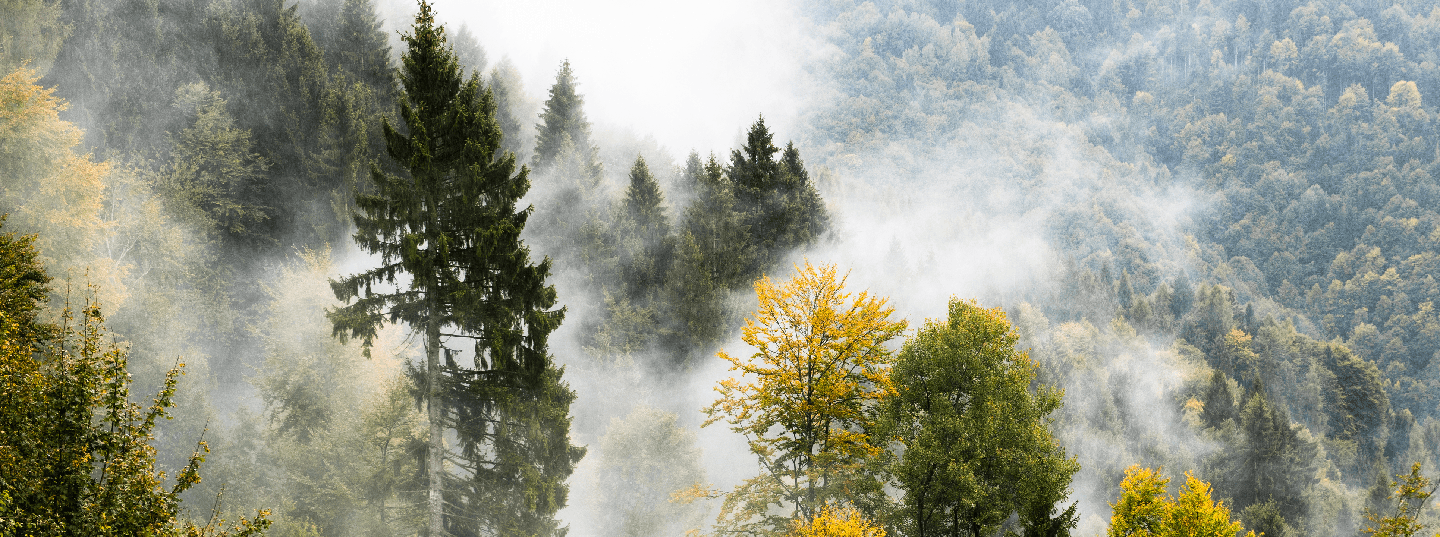
Commercial Forestry
So, what comes to mind when you think about forestry?
Initially, you might think of a forestry worker in helmet and boots working their way through a forest chopping down trees. And you’d be right - well, a little bit right. Commercial forestry has come a long way in recent years and most commercial harvesting is done with machinery by highly skilled operators working quickly and efficiently to get timber to market. There is always a place for chainsaw operators on difficult terrain, for high value or difficult trees or in small woodlands where it doesn’t pay to get the high-tech machinery in. This is a harvesting operation, usually overseen by a harvesting manager. Although it’s what may immediately spring to mind, it is only one part of a multi-decade long plan.
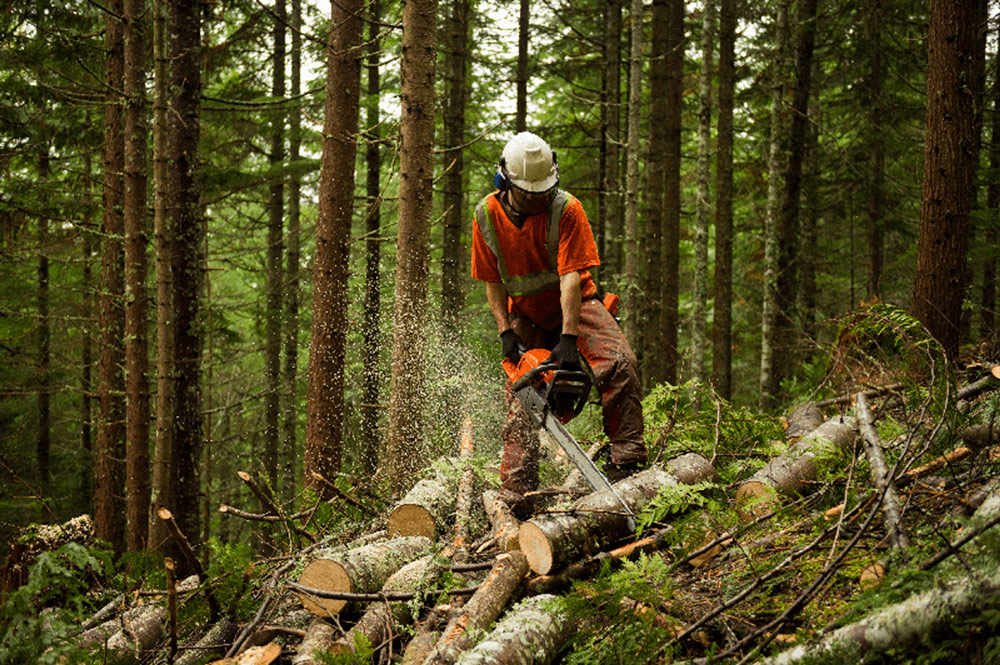
Forest Establishment
In the UK, forestry is sustainable. This means that in most circumstances, for every tree cut down it must be replaced. In fact, most of the trees removed to market were planted specifically for their commercial value. Even so, when they come down they must be replaced. Which leads to one of the most interesting parts of forestry - forest establishment. On a given piece of land almost everything must be surveyed before a tree goes in the ground. The climate, the soil, the aspect, the neighbouring land, the wildlife, the ground flora; all play a part in getting the right trees in the right place. Then there’s knowing your trees. Will they survive if the temperature drops below -4°C in early April? Is the soil suitable? If I plant a Norway spruce here will it ruin the habitat for these butterflies that we found? Or should we put them in to help create habitat for red squirrels?
It's complex decision making based on sound scientific knowledge and up to date research. A good example of this is the Quarterly Journal of Forestry released by the Royal Forestry Society.
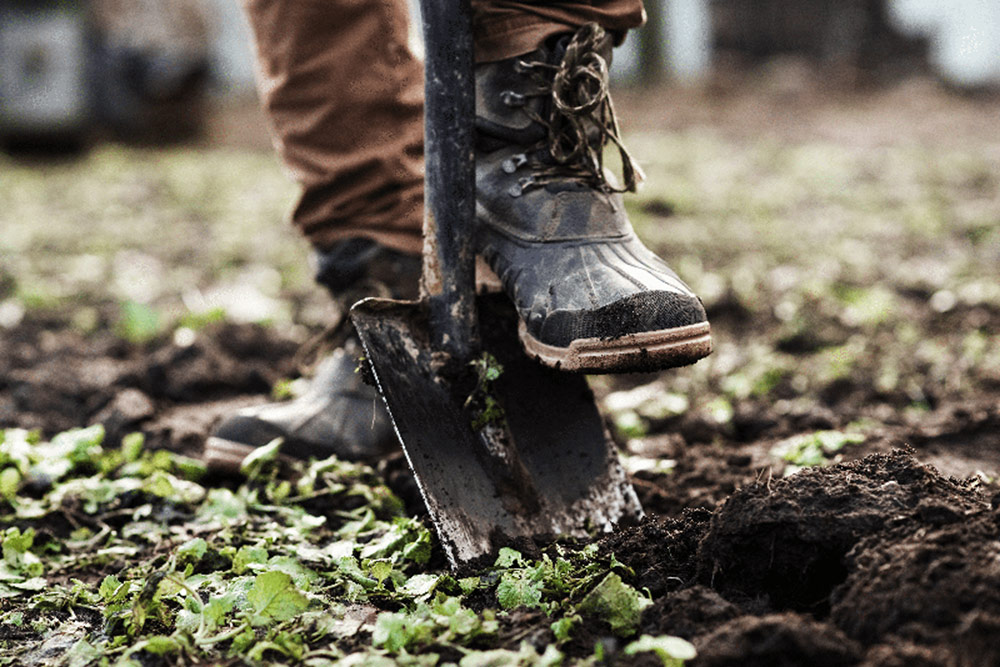
Recreational Forestry
So, forestry is growing trees, chopping them down, growing some more? Well, establishment and harvesting are the bread to the forestry sandwich. The filling is pretty much whatever you want it to be. Forestry in recent years has been heavily linked with recreation. The Forestry Commission offers some of the finest recreational woodlands with famous sites in the Forest of Dean and more locally Whinnlater and Grizedale. These offer forest mountain biking trails, campsites, day visits and much more.
Forestry is also linked with our arts and culture. For example, the Forestry Commission’s Gruffalo Trail is a link with one of our best known and loved children’s books. The backdrop of forests and woodlands also sets the scene for emerging outdoor events and festivals. The Forestry Commission’s 'Forest Live' program brings artists such as Jack Savoretti, Paul Weller and The Stereophonics to Forests throughout the UK. The Timber Festival, that debuted in 2018, won the 'best new festival' in the UK Festival Awards. This may seem an abstract definition of forestry, but in truth wherever there is an event, a festival, a mountain bike trail or a humble dog walk, there is a forest manager and a team of forestry workers and contractors making this all possible through careful planning and operations.
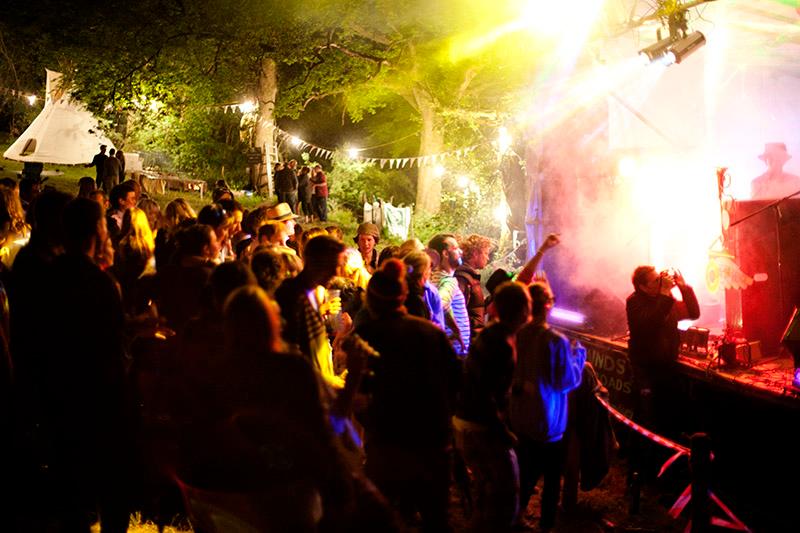
Forestry in the Economy
Forestry is also a valuable economic contributor. Forestry provides around two billion pounds to the UK economy. This may seem an insignificant amount compared to other industries, but most of that money is in rural economies where small populations struggle to find work. Then there is the forestry we see in our everyday lives, even in towns and cities. As you go home you will walk through your timber gate and maybe through your timber door. Then maybe put the kettle on which is resting on the wooden bench of your wood fibre kitchen, take a seat on your sofa which is framed in wood. You get the point. It is nothing new, but timber is the sustainable product to beat. Where we have a need for more housing timber is increasingly being looked at in the UK, particularly as scientific developments gather pace. Emerging research in the use of nanocellulose, a derivative of plant material, is even being researched for use in computer parts and replacement of plastics.

Forestry and Climate Change
That brings us quite neatly on to perhaps the most topical part of forestry. Our changing environment and climate change. Rightly there has been much released about the need for adaptation to climate change, ways of slowing down the process and changing our habits to become more environmentally friendly. Forestry, when it is sustainable and ethical, meets many of those challenges. It provides habitat for our declining populations of wildlife, trees clean the air in our towns and cities and they lock up carbon from our atmosphere. Trees turn that carbon in our atmosphere into wood and continue to do so while it grows. When we turn that wood into a home it remains in the beams and joists for many more years until it can naturally biodegrade, and the next generation of trees is used to do the same.

So, when we think of the forestry worker in the forest cutting down trees, maybe think of the context of why those trees are being felled. They are there to provide the next carbon-lean timber home, to sell to the local mill which employs people in the area, to clear an area for a stage, to provide a habitat or to provide logs and fuel for our stoves. When they do this, think about what happens next. The next generation of trees will provide those same benefits again and again. This is forestry.
CLICK HERE TO VIEW OUR AMBLESIDE BASED COURSES
Want to find out more?
You are ready to take that next step. Ready to make that life-changing decision and work towards your career goals. By downloading our prospectus you will have the world at your fingertips.
You can browse our 100+ unique course options and have access to finance and support information to get you started. Discover all of the courses available to you from Arts to Zoology – we’re excited to see what you choose.

.jpg)
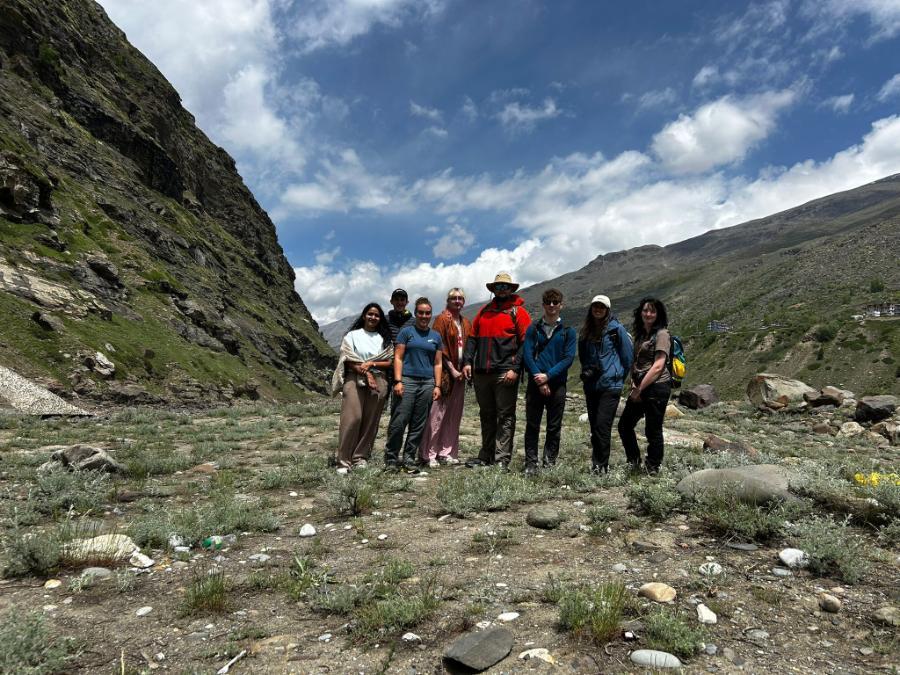

.jpg)